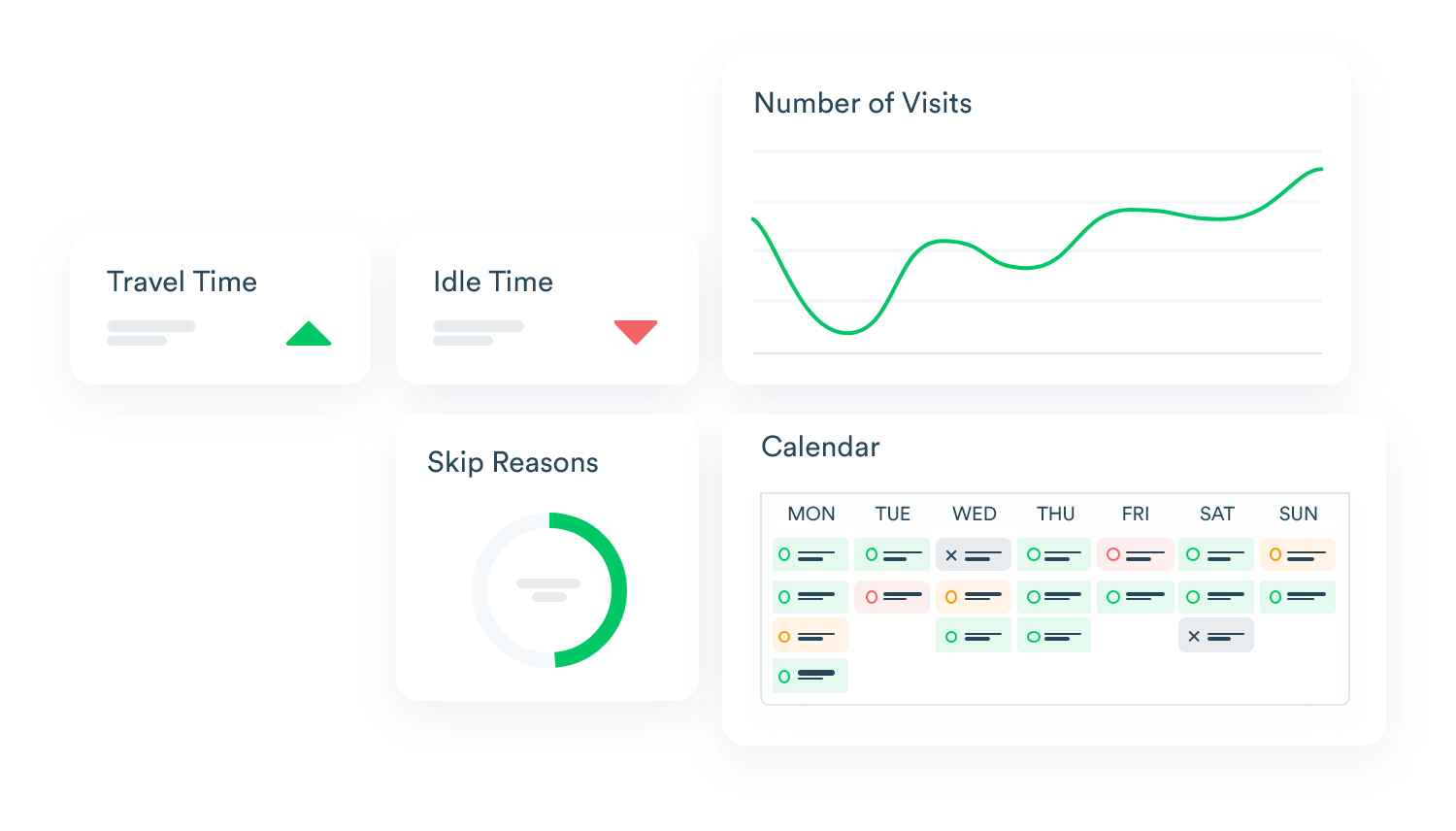As a supply chain, operations, or logistics manager, you know the importance of finding ways to reduce costs and increase efficiencies in your company – but have you considered how data can be utilized to transform your supply chain into a revenue source? As consumer goods companies are quickly realizing, the traditional view of managing the supply chain as simply a necessary evil has shifted over time to unlocking greater competitive advantages. By leveraging data-driven insights from within your existing supply chain and applying them towards increasing sales growth and driving innovation, you can identify hidden opportunities so that your organization remains ahead of the competition. Read on for more details about how this transformation process works – unlocking access to previously unknown revenue potentials.
Overview of Supply Chain Management
Supply chain management is a crucial aspect of any business that relies on the efficient movement of goods and services. It encompasses a broad range of activities, including sourcing raw materials, logistics, and inventory management. Effective supply chain management requires a deep understanding of the entire process, from sourcing to delivery, as well as the ability to identify and mitigate potential risks. By optimizing the flow of goods and minimizing costs, businesses can gain a competitive edge and enhance their bottom line. In today’s fast-paced business world, supply chain management is no longer just a back-office function but a critical component of overall business success.
Exploring the Benefits of a Digital Transformation
Creating strategic partnerships along the supply chain is essential for businesses looking to gain valuable insights into retailer data. By collaborating with various players in the supply chain, from manufacturers to distributors and logistics providers, companies can better understand consumer trends, preferences, and behaviors. This information can then be used to optimize product offerings, marketing efforts, pricing strategies, and more. Furthermore, by building trusted relationships with partners along the supply chain, businesses can also improve operational efficiency, reduce costs, and enhance customer satisfaction. With the help of strategic partners, companies can gain a competitive advantage and stay ahead in today’s fast-paced marketplace.
Creating strategic partners along the supply chain
Creating strategic partnerships along the supply chain is essential for businesses looking to gain valuable insights into retailer data. By collaborating with various players in the supply chain, from manufacturers to distributors and logistics providers, companies can better understand consumer trends, preferences, and behaviors. This information can then be used to optimize product offerings, marketing efforts, pricing strategies, and more. Furthermore, by building trusted relationships with partners along the supply chain, businesses can also improve operational efficiency, reduce costs, and enhance customer satisfaction. With the help of strategic partners, companies can gain a competitive advantage and stay ahead in today’s fast-paced marketplace.
Using Data to Gain Competitive Edge
In today’s cutthroat business world, gaining a competitive edge can mean the difference between success and failure. One way to do so is by leveraging sell-out and sell-in data. Sell-out refers to the number of units sold to end consumers, while sell-in refers to the number of units sold to retailers or wholesalers. By analyzing this data, businesses can gain insight into their customers’ preferences, track inventory levels, and adjust production and marketing strategies accordingly. Armed with this information, companies can make informed decisions and stay ahead of the competition. It’s no wonder that sell-out and sell-in data analysis has become an indispensable tool for companies looking to thrive in today’s dynamic marketplace.
Using Predictive Analytics to Predict Demand
Predictive analytics has transformed the way companies forecast and make strategic decisions. By analyzing historical data and current trends, predictive analytics can accurately predict consumer behavior, allowing businesses to optimize their resources and improve their bottom line. With the ability to forecast demand, businesses can more proactively manage inventory, allocate resources more efficiently, and make smarter decisions overall. Through the power of predictive analytics, businesses can stay ahead of the game and gain a competitive edge in today’s fast-paced market.
Implementing an Effective Supply Chain Transformation
Implementing a successful supply chain transformation is a vital undertaking for any business looking to remain competitive in today’s dynamic market. However, this process can be complex and challenging, requiring thoughtful planning and execution. The key to a successful supply chain transformation is to develop a comprehensive strategy that addresses all aspects of the chain, from sourcing and production to distribution and customer service. This requires a deep understanding of the business’s unique needs and goals, as well as a willingness to leverage new technologies and processes. With the right approach, companies can streamline their supply chains, reduce costs, and improve overall performance, ultimately leading to increased revenue and profitability. If you’re looking to embark on a supply chain transformation, it’s vital to invest the time and resources needed to develop a robust strategy that meets your business’s specific needs.
The road forward
In conclusion, a successful digital transformation of the supply chain has the potential to make consumer goods companies far more competitive and able to increase profits. Companies that are committed to leading the way in transforming their supply chain into a revenue center should focus on leveraging strategic partnerships, seller and customer data, predictive analytics, and data-driven decision making. Doing so requires managing processes in the different stages of the supply chain with an efficient workflow management solution. By partnering with the right solution partner, companies can better understand customer needs and target their communication methods accordingly. With support from the right solution partners, consumer goods companies have everything they need to unlock the untapped value of their supply chain.
Shelvz gives managers a detailed picture of their shelf availability in the market, including returned and expired goods. Utilizing data collected by your field team, you can gain important insights into out-of-stock trends to make informed decisions. Shelvz enables managers to link competing brands to their own and collect vital data to gain a complete understanding of the entire market demand and supply.
Book a demo today to see all that Shelvz can do for your business!



